In English
9 de agosto de 2022
Be careful with microplastics – Level 3
Article published in Joca 191
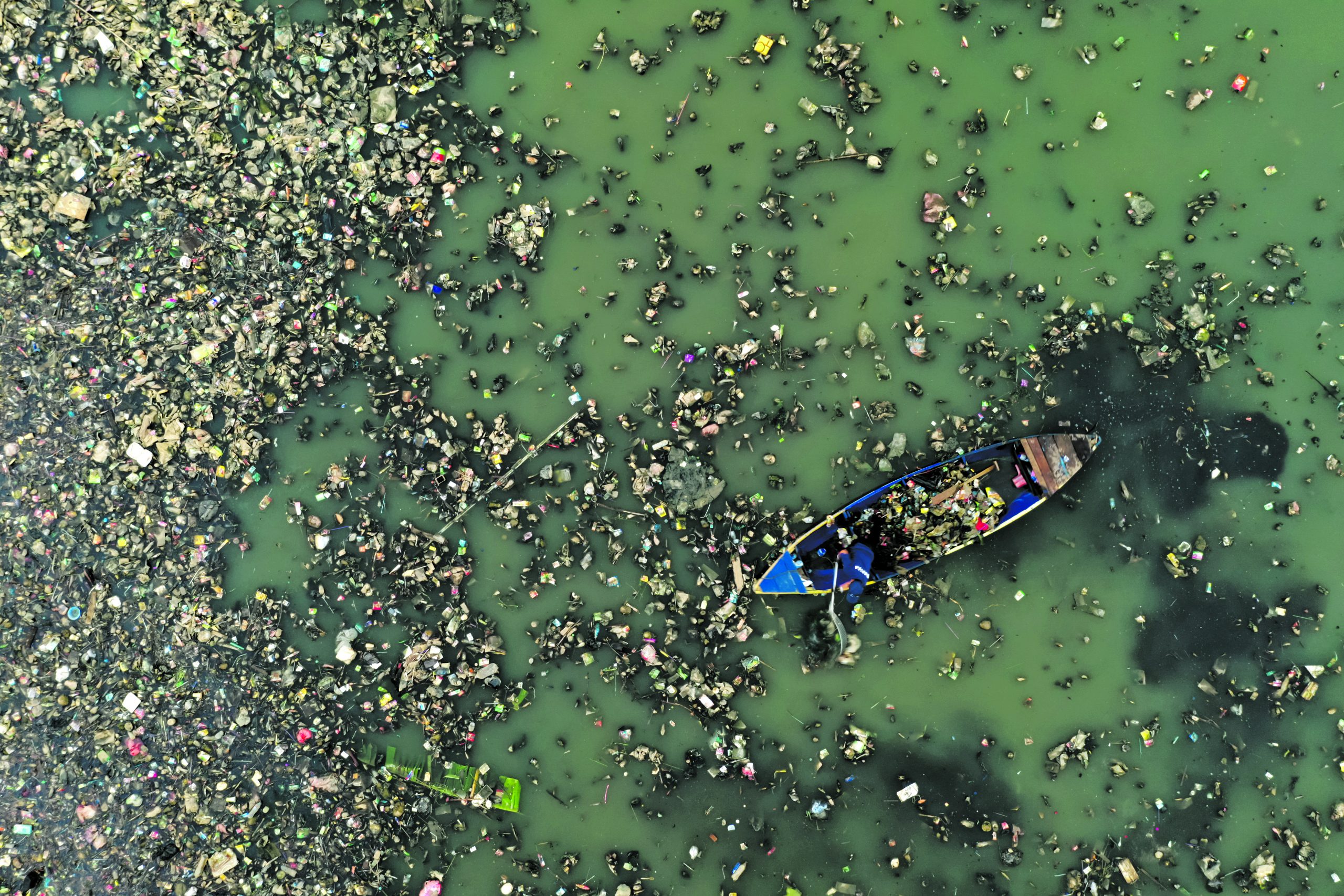
Have you ever heard of microplastics? Even though they are very small and we cannot see them, these tiny pieces of plastic are polluting the environment. To better understand what is happening and why this subject is increasingly discussed, 12-year-old Marina I., a member of Clube do Joca, interviewed environmental engineer Luis Fernando Amato from the University of São Paulo (USP). Check it out below.
What are microplastics and where do they come from?
Microplastics are particles from various types of plastics that are smaller than 5 millimeters in length. These particles are created by activity from the sun, rain, wind, and even microorganisms [organisms made up of a single cell, also known as microbes] in plastic waste that have been improperly disposed of. There are also microplastics manufactured in very small sizes to be used in products such as toothpaste and cosmetics. They can be extracted from car tires, synthetic clothes and paints, for example.
Which countries produce the most plastic waste?
According to the WWF [World Wide Fund for Nature, a nongovernmental organization that aims to preserve the environment], the countries that produce the most plastic waste in the world are the United States, China, India, and Brazil [the last one generates 11.3 million tons of plastic waste per year, which is equivalent to the weight of about 1,800 savannah elephants]. If we only consider per capita production of plastic waste, Trinidad and Tobago [in the Caribbean] are the countries that generatethe most plastic waste, close to 1.5 kg per person daily.
What dangers do microplastics pose for our health and that of animals?
It is already known that microplastics cause damage to animal health, especially marine animals. Some of the damage includes inflammation in the body, intestinal blockage, a decreased capacity to reproduce, and even reduced energy levels. Microplastics in nanometric sizes [1 nanometer corresponds to 0.000001 millimeter, which is very small] can reach the bloodstream, the lymphatic system, and other organs, including the liver, kidneys, and heart. However, we still do not know what the real e_ ects on human health are.
Can they really be found anywhere, from the deep oceans to Everest?
Yes. In 1972, two scientists, J. Carpenter and K. L. Smith, published the first warning about the signifi cant presence of plastic waste in the Atlantic Ocean in the scientifi c journal Science. Since then, the presence of microplastics across the Earth has increased considerably due to higher production, consumption, and incorrect disposal of plastic waste. Scientists have found microplastics areas at a greater depth in the ocean, including the Mariana Trench, and in remote and uninhabited regions, such as the Alpine Mountains and the Arctic.
Is it possible that plastic cups release microplastics into coffee and tea?
Yes. A recent study led by scientist Christopher Zangmeister, published in the journal Environmental Science & Technology (EST), found that some types of disposable plastic cups could release trillions of plastic nano particles after being exposed to boiling water. Therefore, we should avoid drinking hot beverages in disposable cups.
Can microplastics pollute farmland?
They can reach agricultural land mainly through wind, irrigation, vegetation cover, and sludge from sewage treatment plants. Plastic particles can change soil structure, water holding capacity, and microbial communities which are essential to crop development.
How long does plastic take to decompose?
Decomposition times of plastic vary according to the material. For example, a plastic bottle can take between 450 and 500 years to completely decompose, that is, disappear from the environment.
What can we do to minimize microplastic in nature?
The first and main recommended action is to avoid plastic materials whenever possible, especially single-use ones (such as disposable plastic cups, straws, and plastic bags). Give preference to cotton fabric bags when shopping, try to buy products in bulk [buying by weight and without ready-made packaging], and use your own container. Avoid using plastic straws – there are other options today including metal, bamboo, or even paper straws. Remember that the most important thing is to Reduce, Reuse, and Recycle everything we consume daily.
“(…) Scientists have found microplastics in deeper areas of the ocean, including the Mariana Trench, and in remote and uninhabited regions, such as the Alpine mountains and the Arctic.” – Marina I. age 12
Questions
1) In which situation could certain plastic disposable cups release particles?
a) When in contact with cold water
b) When in contact with boiling water
c) In any situation
d) When in contact with acidic substances
2) What do you do daily to use less plastic?
Source: WWF
Ixi! Você bateu no paywall!
Ainda não é assinante? Assine agora e tenha acesso ilimitado ao conteúdo do Joca.

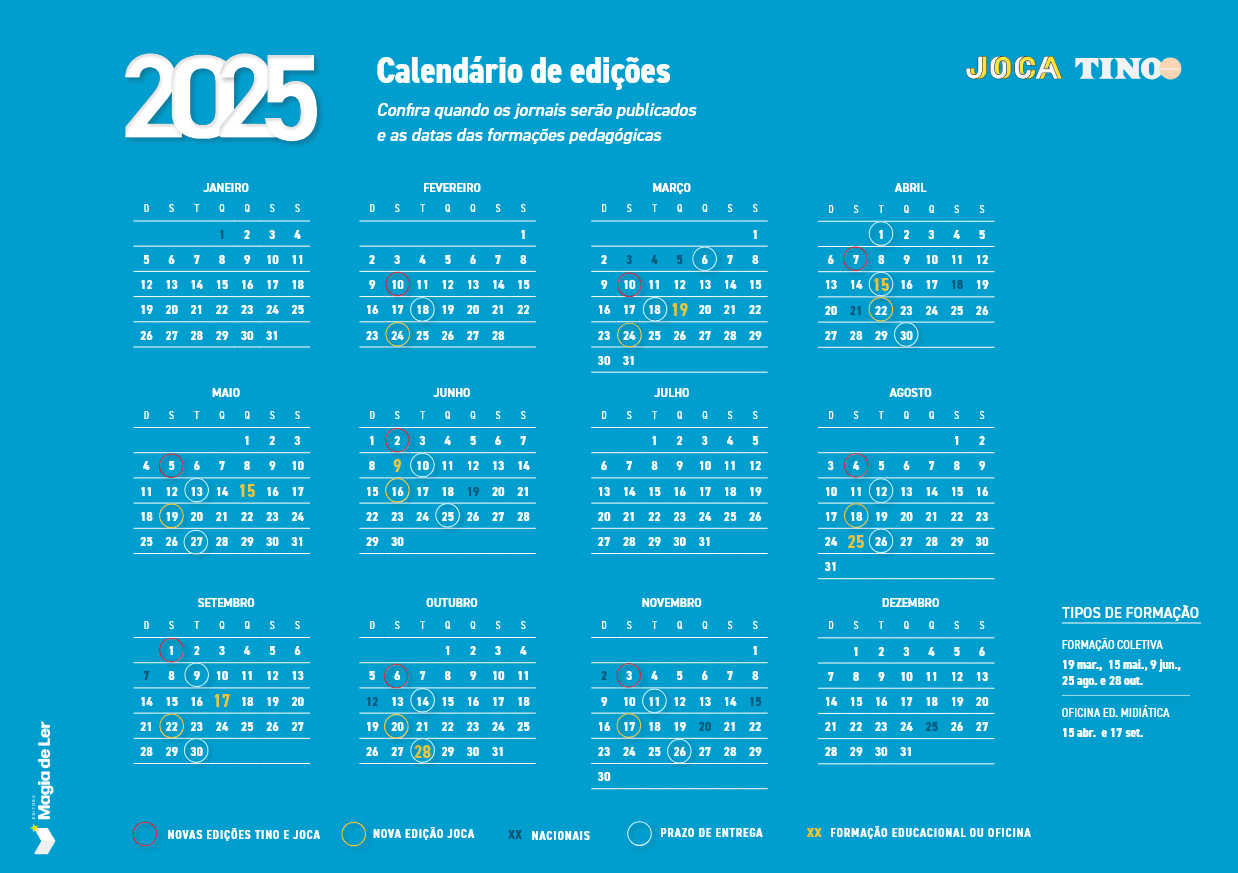




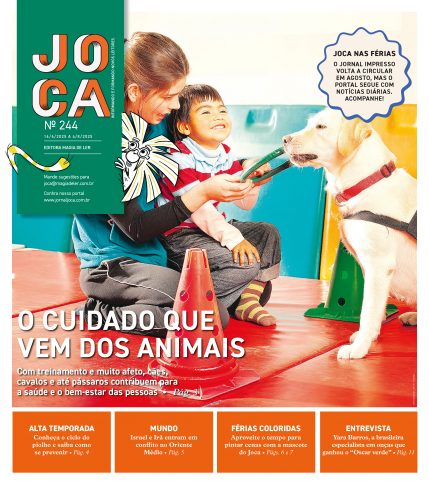

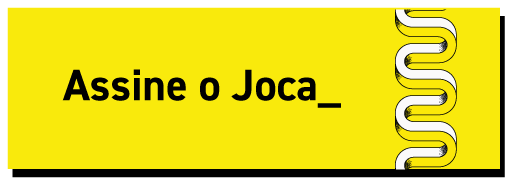
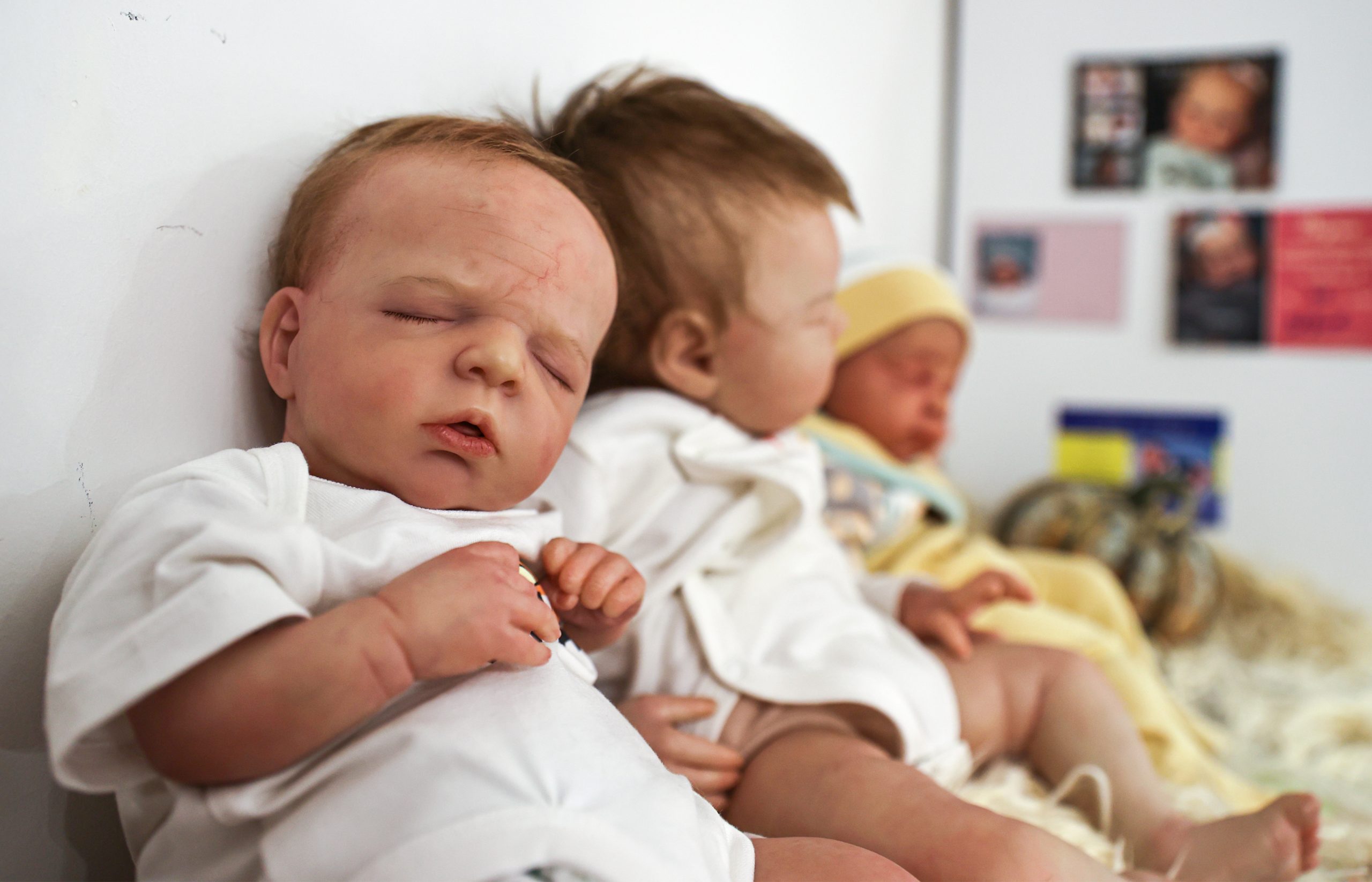
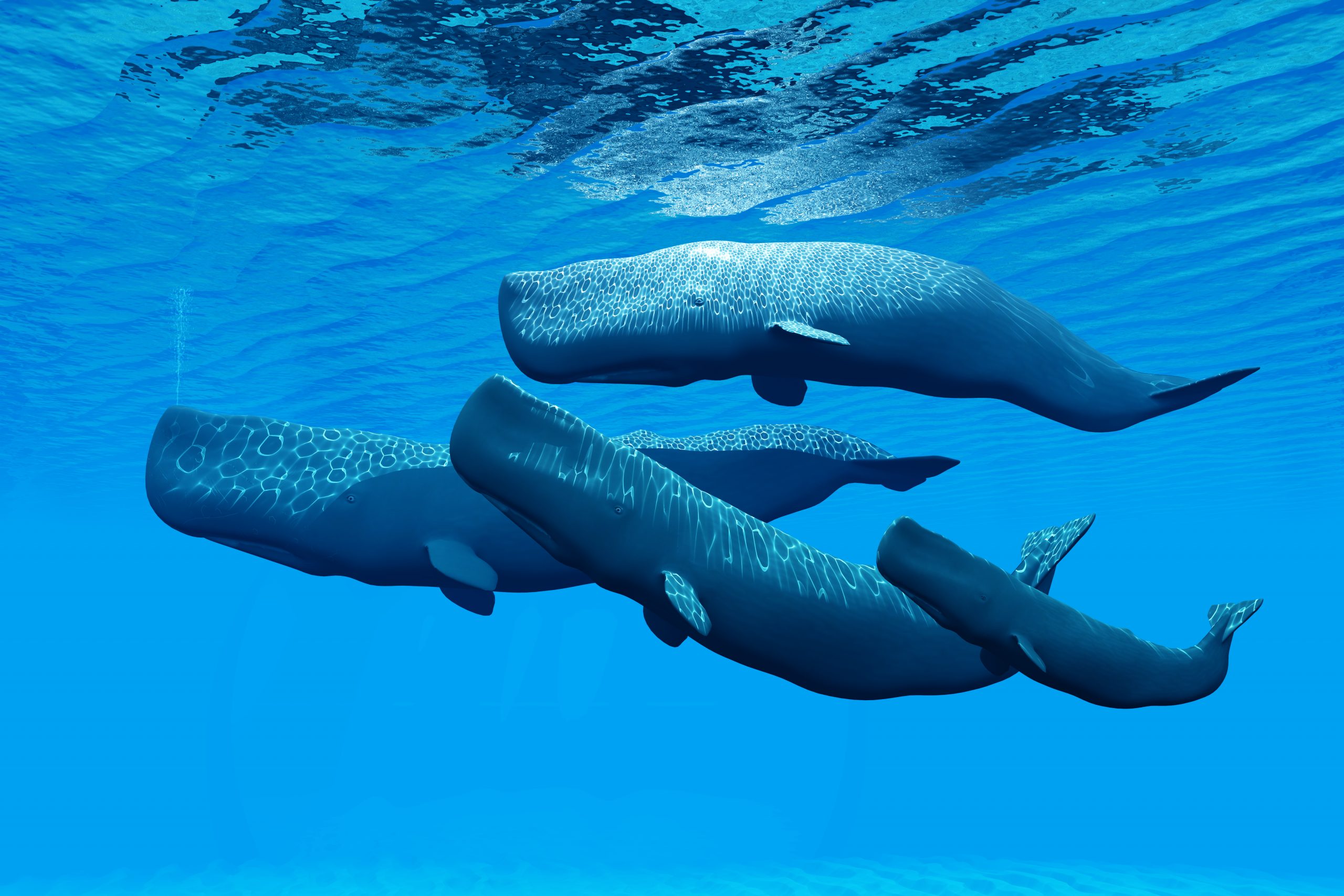
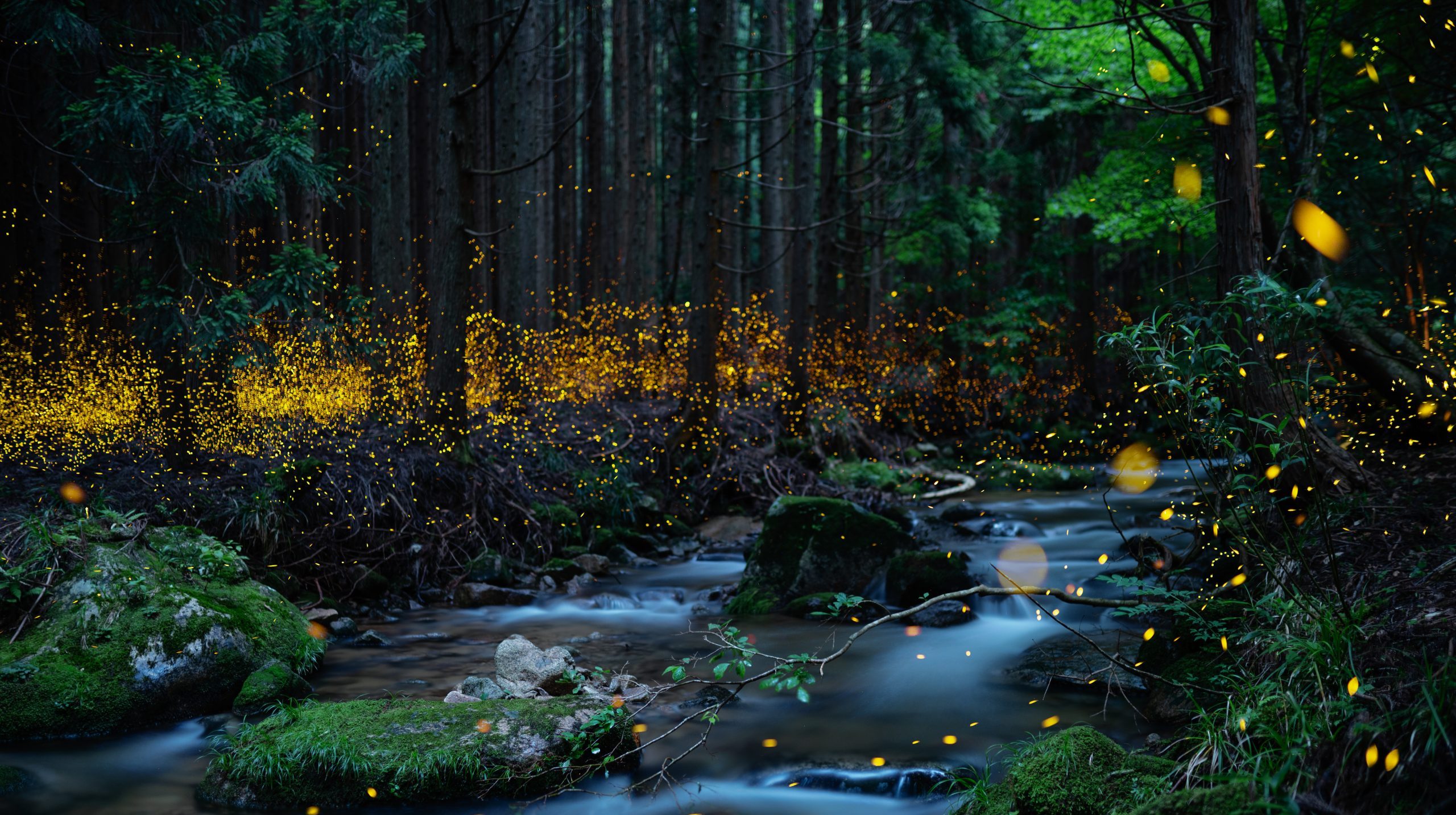
Você precisa fazer o login para publicar um comentário.